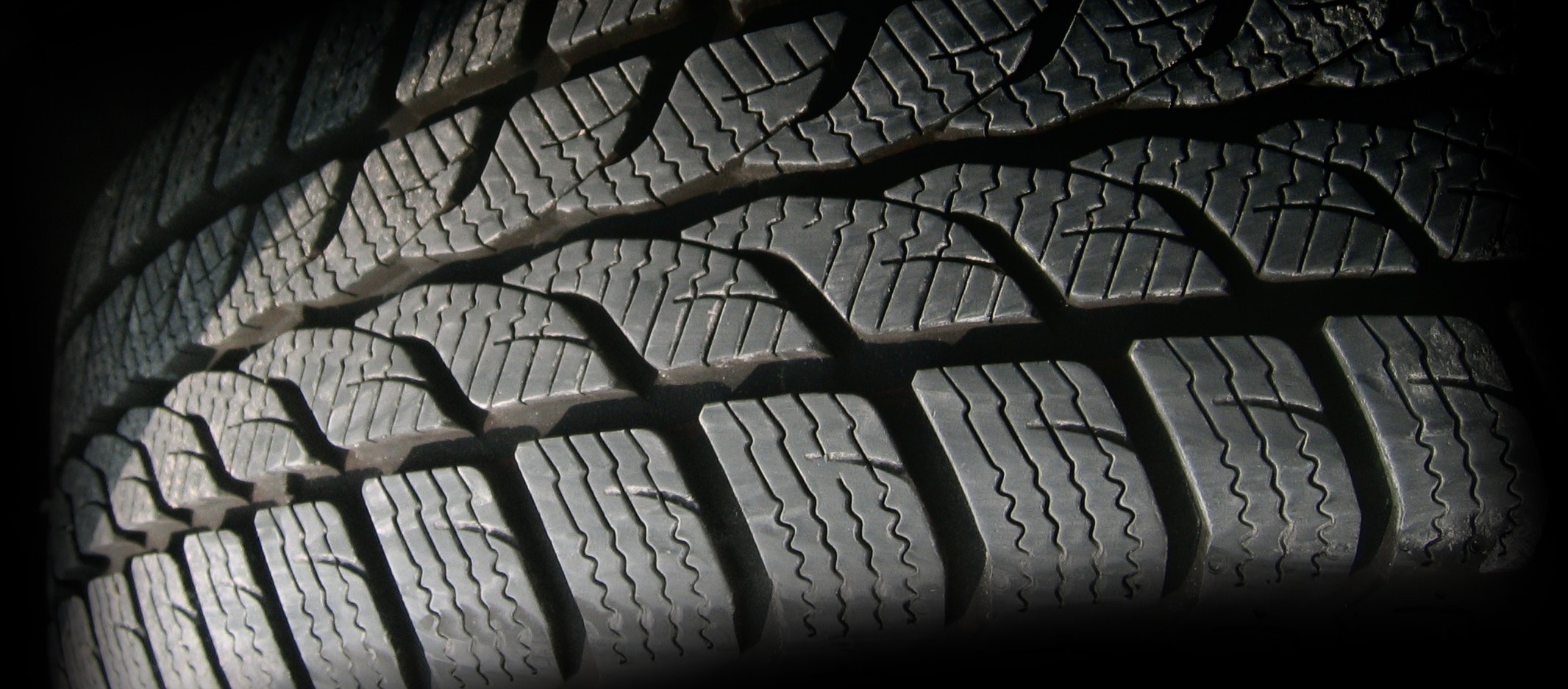Do you need winter tyres?
18 July 2022
Winter tyres are softer tyres with deeper tread, designed to provide extra grip on icy and snowy roads. In some countries, drivers must use winter tyres, and they often keep two sets of wheels: one with summer tyres and one with winter or snow tyres.
So does that mean you should be making the switch to winter tyres? The short answer is no. Winter tyres (aka snow tyres) provide far less grip when the conditions are less than arctic.
New Zealand has several factors that make winter tyres less important than they might be in the coldest parts of Europe, Japan or North America. First, we have a temperate climate, so snow and ice are only a concern in some parts of the country, and for one or two months each year. Second, we have a high proportion of four-wheel drive vehicles, which are good at handling slipperier surfaces. Third, Kiwi drivers who visit ski fields regularly are accustomed to fitting chains in the worst weather. Finally, all-season tyres are fantastic these days, and winter tyres have some significant disadvantages as soon as the road conditions improve – which can happen very rapidly in New Zealand.
All-season tyres are the best for Kiwi roads

Winter tyres are not the best choice for Kiwi roads, explains Michelle Erb, co-owner of AA Auto Centre New Plymouth.
“Snow tyres just don’t work on our normal roads – they’re less safe and they provide a worse driving experience. New technology makes high-quality tyre brands so good that winter tyres really are redundant in New Zealand.”
She adds that while cars do sometimes arrive in the country with winter tyres on, these should be changed immediately.
“Anyone who spends a lot of time driving in the snow in New Zealand usually buys a four-wheel drive,” adds Michelle, “and it’s so easy to put chains on.”
Look for a snowflake and mountain symbol
If you’re buying a used car, it’s important to know whether it has snow tyres. Some imported vehicles from the colder areas of Japan have winter tyres fitted, which can be hard to spot if you don’t know what you’re looking for. One clue is a mountain snowflake symbol and/or the word STUDLESS on the sidewall. You may also notice the deep square-patterned tread blocks. You can see some examples and read more here.
If the car you’re considering is fitted with winter tyres, you’ll need to add the price of switching these out to your total cost of buying. Older winter tyres (seven years plus) are particularly risky since the softer rubber can harden, reducing grip even further.
Instead, choose good all-season tyres and if you are driving in snow and ice, make sure you have a set of chains handy. Never mix winter tyres with all-season tyres, as this can be very dangerous and your car will not pass its warrant of fitness.
It’s worth paying a little extra for high-quality tyres
Good-quality all-season tyres will vary in price depending on your vehicle, starting from around $200 and ranging up to $600 or more. You might also need to spend an additional $150 on fitting if that’s not included in the price of the tyres. But it’s cheaper than buying two sets, and the right tyres should be a good investment, says Michelle.
“It’s worth paying that bit extra to get a really good quality brand of tyre. It will last longer, so there’s value in that. But, most importantly, it will stop faster. Because a good tyre has more rubber, that density helps repel water, which improves stopping times. You’ll be safer in all types of conditions.”

How can the AA help?
- AA Auto Centre - aa.co.nz/autocentre
- AA Insurance - aa.co.nz/insurance
- AA Shop - aa.co.nz/shop
- AA Auto Glass - aa.co.nz/autoglass
- AA Membership - aa.co.nz/membership
- AA Roadservice - aa.co.nz/roadservice
Vehicle experts you can trust

